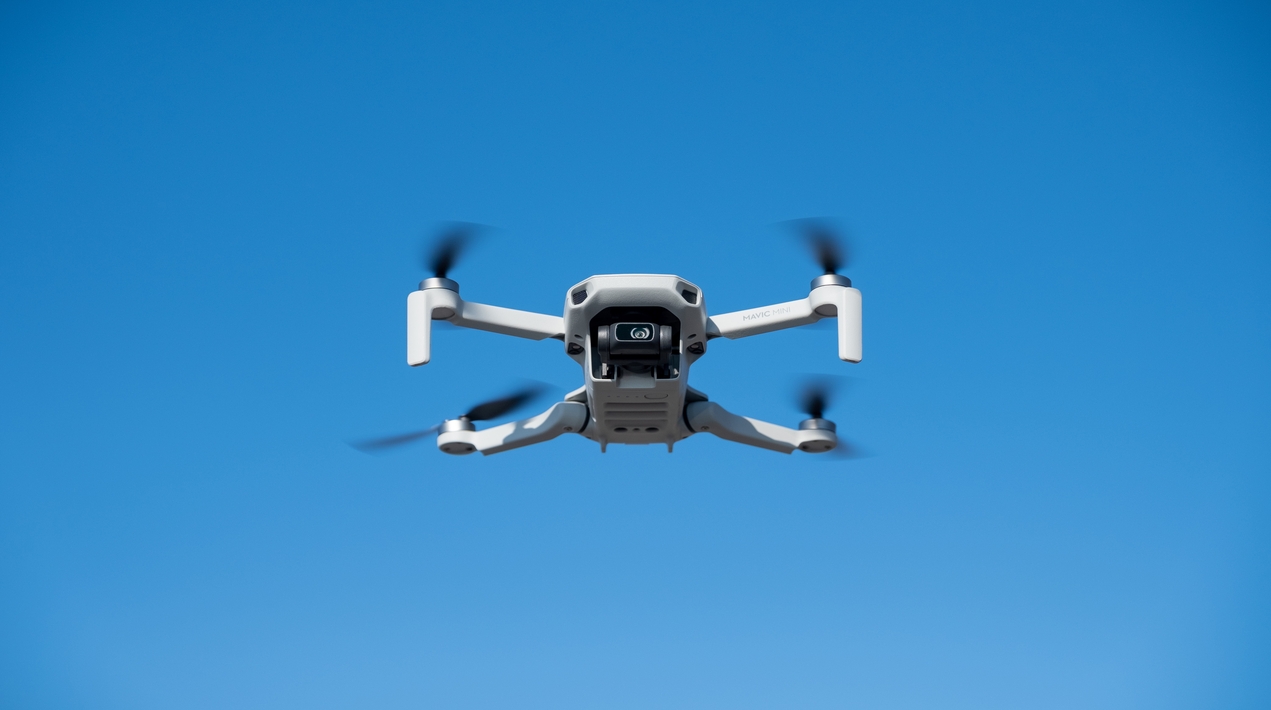
In a first for the Territory, drones will be used to deliver health care into remote communities across the NT. The drones will expedite the delivery of time-critical medical items into hard to reach and seasonally inaccessible remote communities, helping save lives and reducing costs of delivery.
The Territory Labor Government is partnering with Charles Darwin University and iMOVE Australia to commission the drones. iMOVE is the national centre for collaborative research and development in transport and mobility. It facilitates, supports and co-funds research projects that improve the way people and goods move in Australia.
The project will initially investigate the logistical challenges of using drone technology to deliver health services in the Territory, including:
- Procuring airframes that can manage the vast Australian distances, which are far greater than currently flown for health care carriage
- Adapting technology to withstand the Territory’s hot, humid and monsoonal climate
- Planning works with the Civil Aviation and Safety Authority to identify and regulate flight paths within current airspace requirements
- Integrating drones into the current health transport infrastructure network
- The expansion of drone technology in the Territory also paves the way for new local jobs and economic growth, with the global drone market to reach an estimated $43 billion by 2024.
The region’s Minister for Health stated that the use of drones will be a game-changer when it comes to enhancing our healthcare system.
“It doesn’t matter whether you live in the city or in the bush – Territorians deserve to have access to the very best health services, and this new technology will be a driving force in this space. The Territory is on the front-foot to being a national leader in the development of drone technology for the carriage of health care. We also know this technology will open the door to new jobs and opportunities, as well as keeping Territorians in remote areas healthy and safe,” she said.
The Charles Darwin University Interim Vice-Chancellor and President noted that the team at CDU will investigate the potential in using automated aircraft for the delivery of time-critical medical items to remote communities across the Northern Territory.
Drones are already being used in healthcare in developing countries, however, the team needs to undertake research to understand where they can reduce costs and improve health care outcomes for remote communities in the Northern Territory.
“This partnership is the first of its kind and will be a testing ground for the application of autonomous systems into health care delivery across Australia,” he said.
According to another article, the iMove programs director believes the project could pave the way for the delivery of essential healthcare services, such as cold-storage COVID-19 vaccines, to remote communities, Eventually, iMove would like to see a drone health delivery system be rolled out to other regional locations across Australia.
Currently, roughly eight million people are living in rural and remote parts of the country – this is around a third of the population living in places where getting life-saving medical supplies is not only a race against time, but also a battle against the tyranny of distance, harsh landscapes, and unpredictable elements, the programs director said.
“Regional communities face medical access and health supply issues. This doesn’t have to be the case. We have the technology to put an end to this deprivation, especially in remote Northern Territory First Nations communities,” she added.



















